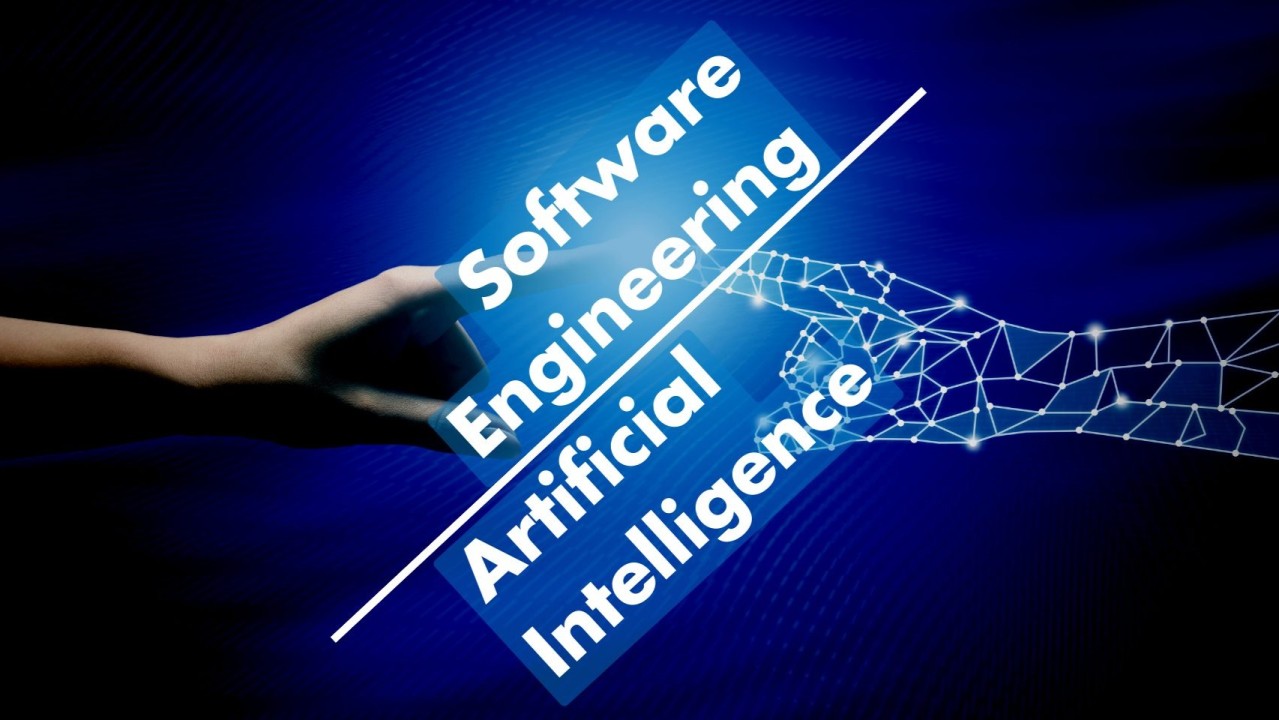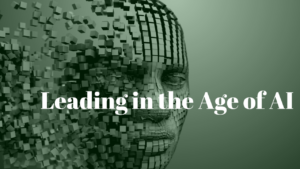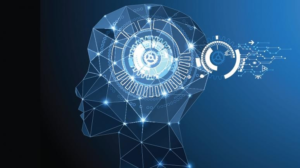Throughout history, cutting-edge technologies have played a key role in modernizing our approach toward work. The old ways consistently give way to newer and more innovative techniques.
Application software engineering is no exception, it is changing rapidly with the advent of AI-based software building blocks. This change is accelerating and will be very disruptive to legacy software engineering practices. To be relevant in the new world of “AI Solution Engineering”, transitioning to AI application engineering is essential. Here is what it means:
1. Become highly customer-centric – Understand customer pain points and unfulfilled needs. Focus on solutions that will create customer delight.
2. More than coding and logic – Architect customer solutions that address the unfulfilled user needs. Pay close attention to performance, security and user experience.
3. Design an AI-first system architecture – Conceive the overall systems architecture of the solution with AI-based building blocks that can scale. As the AI landscape matures, there will be many solution choices. Choose them wisely based on your architectural, algorithmic and system design experience.
4. Build a robust validation process – As you synthesize the final solution from the many AI-powered building blocks – your focus should shift to “solution validation”. Developing the ability to validate the solution by creating synthetic data and signals will be an essential skill. Pressure test the final AI solution for scaling, performance and security.
Traditionally we emphasized software architecture, coding and the nitty gritty of software design techniques. However, now the focus has to shift to the overall solution and user experience.
Software engineers need to move up the value chain. This is a transition from application software engineering to AI solution engineering. This change is coming fast and the time to adapt is now.
To learn more about us, please visit www.experienceflow.ai
Atul Bhatnagar
CEO, ExperienceFlow.ai



